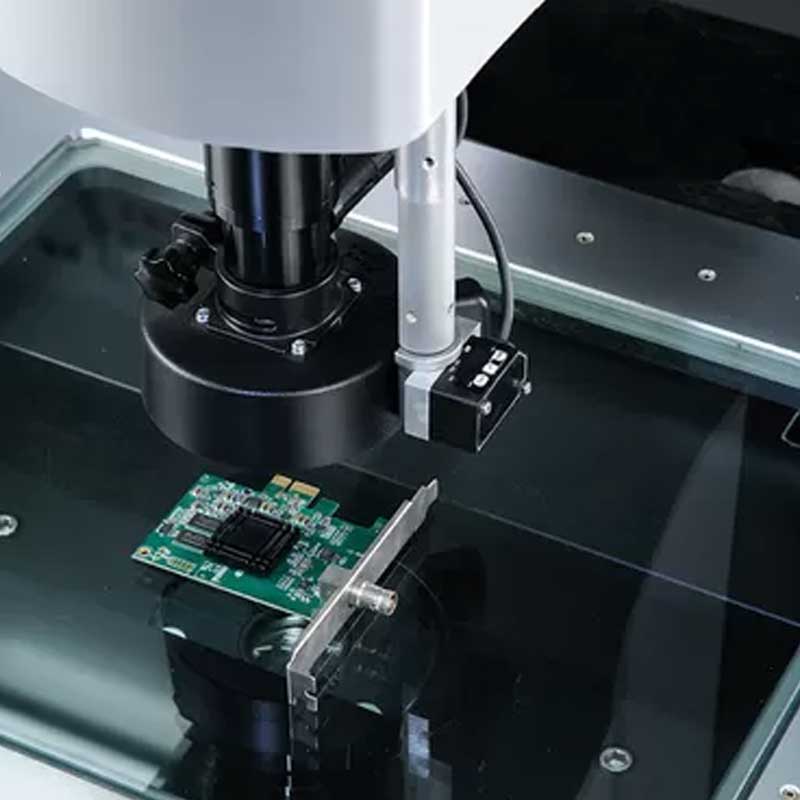
VMM, or Video Measuring Machine, inspection is a process of using advanced optical and digital technologies to accurately measure the dimensions, features, and characteristics of parts and components. Here's an overview of VMM inspection:
Process of VMM Inspection
- Part Setup:
-
- Place the part to be inspected on the VMM's stage or fixture. Ensure it is securely positioned and oriented correctly.
- Programming:
-
- Create a measurement program using the VMM's software. This program defines the specific measurements, features to be inspected, and inspection criteria.
- Image Acquisition:
-
- Use the VMM's camera and optics to capture images of the part from multiple angles and perspectives.
- Image Processing:
-
- Process the captured images to create a detailed digital representation of the part. This may involve edge detection, feature recognition, and image enhancement techniques.
- Measurement:
-
- Perform measurements on the digital image to determine dimensions, distances, angles, and other geometric properties of the part. This can include both 2D and 3D measurements.
- Analysis:
-
- Analyze the measurement data to compare against design specifications or predefined tolerances. Identify any deviations or defects that may be present.
- Reporting:
-
- Generate inspection reports detailing the measurement results, including dimensions, tolerances, and any deviations found during the inspection. These reports provide documentation of the part's quality and compliance with standards.
Advantages of VMM Inspection
- High Precision:
-
- VMMs offer high accuracy and repeatability in measurement, ensuring precise inspection results.
- Speed and Efficiency:
-
- Automated measurement processes and advanced software algorithms allow for rapid inspection of parts, increasing productivity.
- Non-Contact Measurement:
-
- VMMs measure parts without physical contact, reducing the risk of damage to delicate or sensitive components.
- Non-Contact Measurement:
-
- VMMs measure parts without physical contact, reducing the risk of damage to delicate or sensitive components.
- Versatility:
-
- VMMs can inspect a wide range of parts, from simple geometries to complex shapes and features, making them suitable for various industries and applications.
- Data Visualization:
-
- Digital imaging and 3D visualization capabilities enable clear visualization of measurement results, aiding in analysis and decision-making.
VMM inspection plays a crucial role in quality assurance, process control, and product development across various industries, offering accurate and efficient measurement solutions for complex manufacturing challenges.



